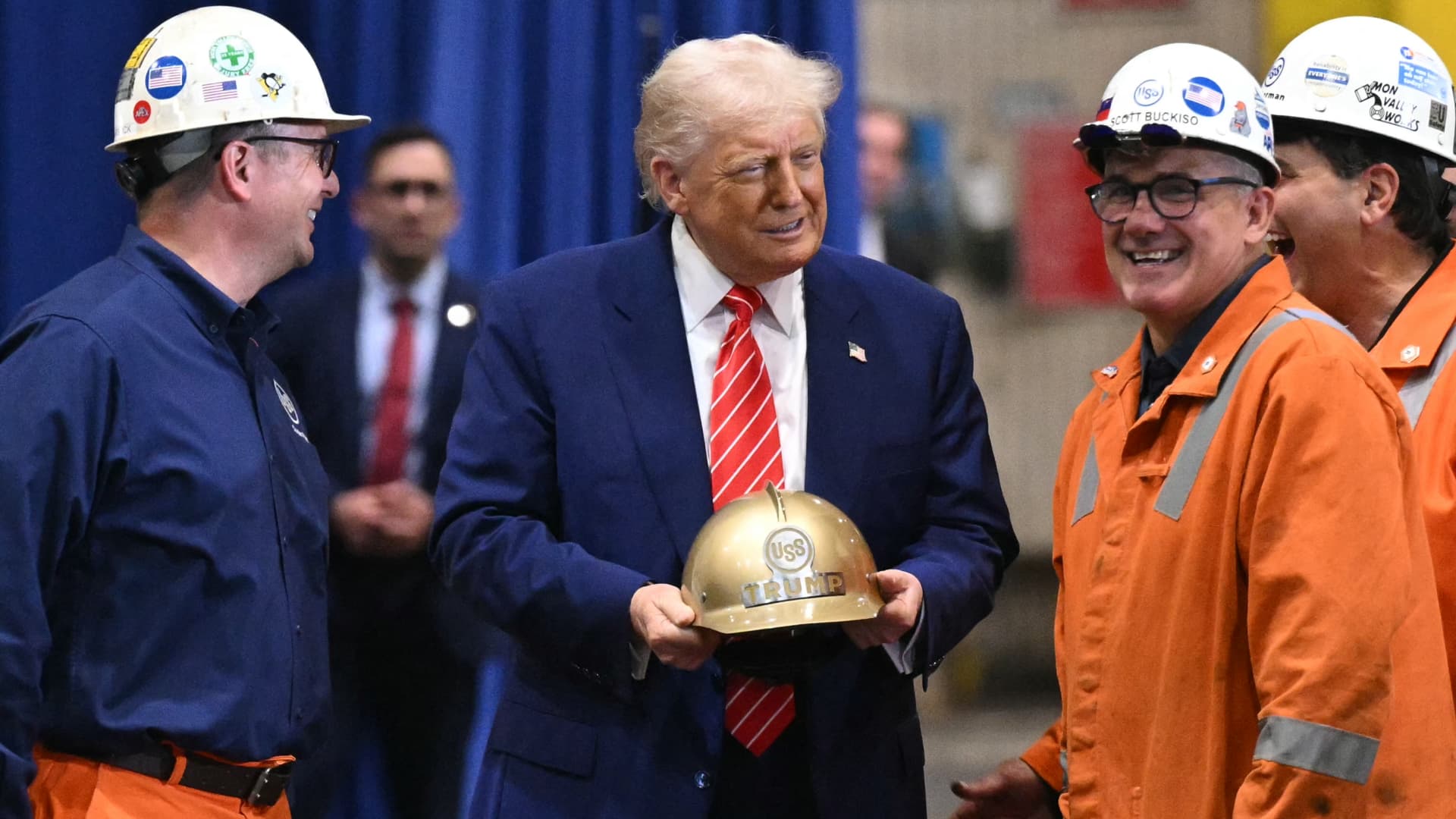The Transformative Impact of the Nippon Steel and U.S. Steel Partnership on the Steel Industry
The recent endorsement of the Nippon Steel and U.S. Steel partnership underlines a pivotal moment in the evolution of the American steel industry. Far more than a mere corporate transaction, this alliance intertwines international investment with national strategy, signaling a nuanced approach to economic growth and industrial security. This detailed analysis explores the multifaceted dimensions of the deal, its structural intricacies, national security framework, economic reverberations, policy contrasts, and broader industry implications.
Structuring a Strategic Alliance: More than an Acquisition
While often simplified as a merger or outright acquisition, the deal architects a strategic partnership framework engineered to balance foreign ownership with domestic oversight. Nippon Steel’s acquisition of U.S. Steel transforms the latter into a wholly owned subsidiary under Nippon Steel’s North American entity, but with a critical caveat: the U.S. government’s introduction of a “golden share.” This special class of shares is pivotal, granting veto power on sensitive decisions and thus safeguarding critical national interests.
This governance model transcends conventional ownership paradigms by effectively embedding U.S. oversight into the operational core of the company. The golden share mechanism ensures that despite foreign ownership, questions of infrastructure, defense relevance, and strategic autonomy remain firmly within American control, reinforcing the steel sector’s pivotal role in national security.
National Security Agreement: Safeguarding Industry and Sovereignty
The partnership’s approval hinged on an intensive national security agreement, reflecting the contentious nature of foreign investment in critical infrastructure. Key commitments outlined in this agreement include a substantial $11 billion investment horizon through 2028, earmarking resources for expansion, innovation, and technological advancement.
Importantly, the launch of a greenfield project as part of this capital commitment underscores a forward-looking vision prioritizing sustainable, advanced industrial practices. Coupled with stipulations on transparency and shared control, this framework aims to preserve competitive integrity, prevent undue influence, and technically mitigate risks associated with foreign ownership.
Economic Dimensions: Revitalization Through Investment and Employment
The deal promises significant economic revitalization. President Trump’s portrayal of the pact as a “blockbuster agreement” is undergirded by projections of over 70,000 new jobs and an influx of approximately $14 billion into the U.S. economy. These figures point to more than mere financial injection; they herald the potential resurgence of American steel manufacturing in the context of global competition and rapid market changes.
Focus areas such as modernization, operational scale-up, and efficiency enhancement are set to rejuvenate key steel-producing regions, catalyzing secondary economic activities and fortifying domestic manufacturing ecosystems. This renaissance through capital infusion is aligned with broader economic objectives of maintaining industrial sovereignty while leveraging global capital flows.
Policy Shift: Navigating Between Protectionism and Openness
The partnership’s approval under the Trump administration contrasts starkly with the Biden administration’s initial rejection, illuminating shifting policy landscapes regarding foreign direct investment in sectors deemed vital for national security. While the Biden approach was more cautious, emphasizing risk mitigation through rejection, the Trump administration opted for pragmatism via structured oversight.
This shift reflects an evolving understanding that outright restrictions may hamper competitiveness and innovation. Instead, enabling foreign partnerships contingent upon rigorous control mechanisms illustrates a sophisticated middle ground. This approach suggests a recalibration in U.S. economic policies, balancing the imperatives of safeguarding national interests with the realities of an interconnected global industrial supply chain.
Industry and Global Outlook: A Blueprint for Future Collaborations
The strategic partnership between Nippon Steel and U.S. Steel offers a template for how cross-border collaborations can be engineered without relinquishing sovereign control. By integrating Japanese investment with American governance oversight, the deal fosters a hybrid model that may become increasingly relevant across other critical industries.
The precedent it sets extends into questions of regulatory frameworks, investment policies, and national security paradigms internationally. As global geopolitical dynamics intensify, the capacity to attract foreign capital while embedding protective measures could define the future trajectory of American manufacturing and its global partnerships.
—
Conclusion: Steering Into a New Industrial Era with Balanced Vision
This landmark pact charts a fresh course for the U.S. steel industry, demonstrating that economic ambition and national security are not mutually exclusive. The innovative use of governance tools like the golden share exemplifies how sovereignty can be preserved in an era of globalization, providing a powerful mechanism to reconcile global integration with domestic priorities.
Through commitments to significant investment and job creation, the partnership sets the stage for the modernization and revitalization of a storied industry. More broadly, it challenges policymakers, industry leaders, and stakeholders to rethink how foreign involvement in critical sectors can be structured responsibly.
The Nippon Steel-U.S. Steel alliance will be closely watched as a bellwether for future industrial collaborations, a case study in managing complex intersections between economics, security, and international cooperation. It underscores a vital truth: navigating the industrial future demands both strategic caution and bold optimism, carefully balancing the power of global partnerships with the imperatives of national safeguarding.

